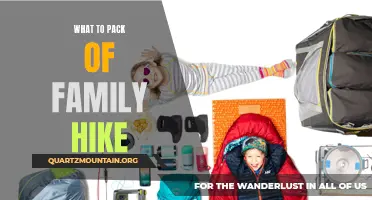
If you're planning on hiking in Iceland in September, you're in for a truly magical experience. With its stunning landscapes, towering waterfalls, and rugged terrain, Iceland offers some of the most breathtaking hikes in the world. However, the unpredictable weather and challenging conditions mean that proper preparation is essential. In this guide, we will take a look at the must-have items you need to pack for your September hike in Iceland, ensuring you have a safe and enjoyable adventure.
| Characteristic | Value |
|---|---|
| Temperature | Mild/Chilly |
| Precipitation | Moderate |
| Wind | Strong |
| Sunlight | Limited |
| Terrain | Rocky/Icy |
| Clothing | Warm layers |
| Footwear | Sturdy boots |
| Equipment | Hiking poles |
| Food | Trail mix |
| Water | Water bottle |
| First aid kit | Essential |
| Navigation tools | GPS/Map |
What You'll Learn
- What are the essential clothing items to pack for hiking in Iceland in September?
- What type of footwear is most suitable for hiking in Iceland in September?
- Are there any specific supplies or equipment that are necessary for hiking in the Icelandic terrain during September?
- What type of backpack should I use and what essentials should I carry in it for hiking in Iceland in September?
- Are there any additional items or considerations unique to hiking in Iceland in September that I should be aware of when packing?

What are the essential clothing items to pack for hiking in Iceland in September?
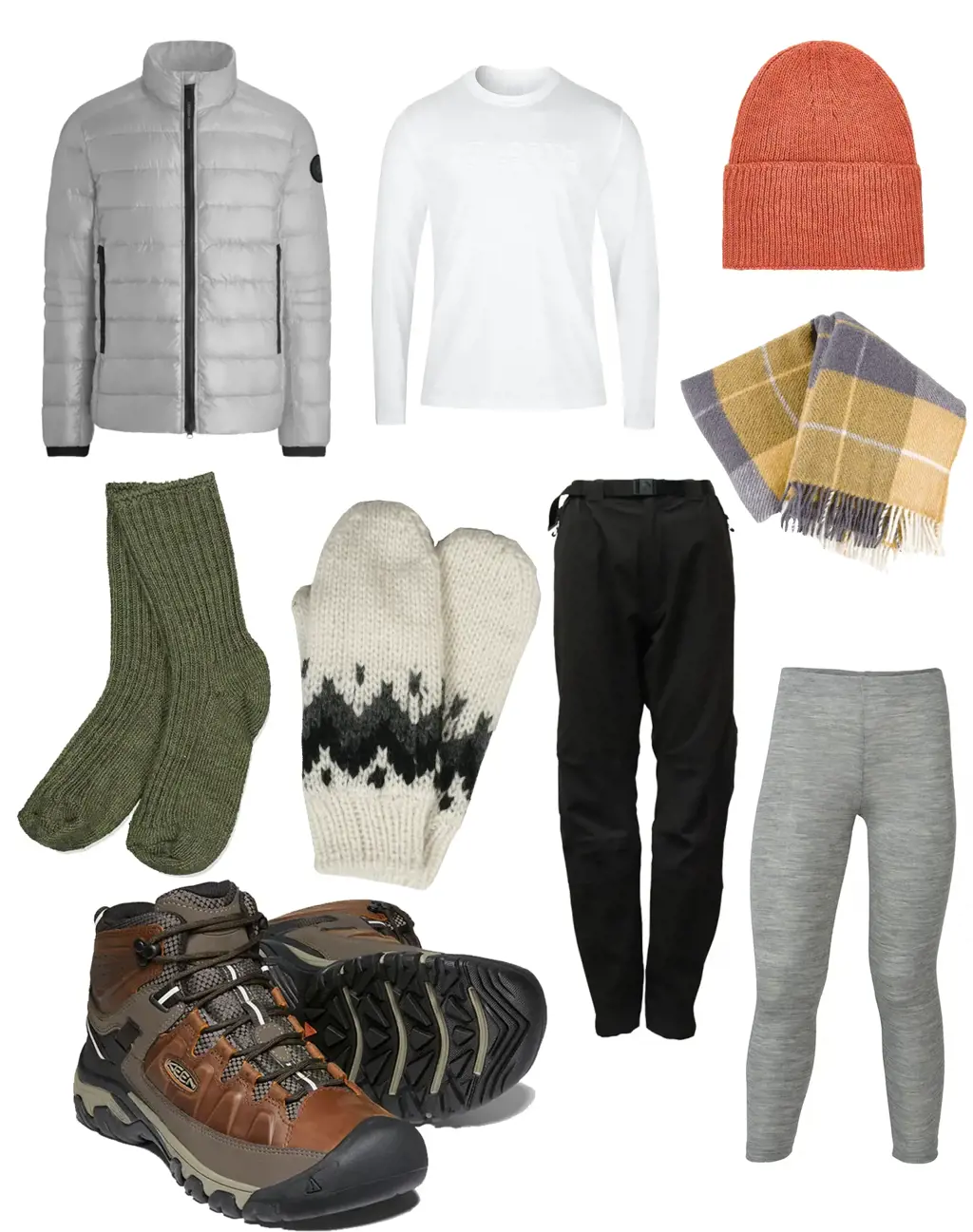
If you're planning a hiking trip to Iceland in September, it's essential to pack the right clothing to ensure your comfort and safety. Iceland's weather can be unpredictable, even in September when summer transitions into autumn. Here are the essential clothing items you should pack for your hiking adventure in Iceland:
- Waterproof Jacket: A good quality waterproof jacket is a must-have for hiking in Iceland. September is still considered the rainy season, so you'll want to stay dry in case of showers. Look for a waterproof jacket with a hood and sealed seams to keep you protected from the rain.
- Layered Clothing: Iceland's weather can change quickly, so it's important to dress in layers. Start with a moisture-wicking base layer, such as a merino wool or synthetic blend, to keep you warm and dry. Follow this with a mid-layer for insulation, such as a fleece or down jacket. Finally, wear an outer shell layer, like a waterproof and windproof jacket, to protect you from the elements.
- Hiking Pants: Opt for lightweight and quick-drying hiking pants that offer protection against wind and light rain. Look for pants with zip-off legs, so you can easily convert them into shorts if the weather permits. It's also a good idea to choose pants with reinforced knees and seat for added durability.
- Long Sleeve Shirts: Pack a few long-sleeve shirts made of moisture-wicking material to keep you warm and dry. Choose shirts with UPF protection to shield you from the sun's harmful rays. Merino wool shirts are an excellent choice as they are naturally odor-resistant and regulate body temperature.
- Warm Hat and Gloves: Even though September is not the coldest month in Iceland, temperatures can still drop, especially in the evenings and at higher altitudes. Be sure to pack a warm hat and gloves to protect your extremities from the cold. Look for insulating materials like fleece or wool.
- Hiking Socks: Invest in high-quality hiking socks made from moisture-wicking and breathable materials like merino wool. These socks will keep your feet dry and help prevent blisters. Bring several pairs of socks to change into during your hike.
- Sturdy Hiking Boots: A pair of sturdy, comfortable hiking boots is essential for tackling Iceland's rugged terrain. Look for boots with good ankle support and a durable, waterproof upper. It's advisable to break them in before your trip to avoid discomfort and blisters on the trails.
- Gaiters: Gaiters are useful for keeping dirt, rocks, and moisture out of your boots. They provide an additional layer of protection against wet and muddy trails. Choose gaiters that are lightweight, breathable, and waterproof for optimal performance.
- Backpack: Invest in a sturdy and waterproof backpack to carry essential items on your hikes. Look for a backpack with adjustable straps, multiple compartments, and a hydration system compatibility. A rain cover for your backpack is also a handy accessory to protect your gear during rain showers.
- Accessories: Don't forget to pack some essential accessories like sunglasses, a sun hat, and sunscreen to protect yourself from the sun's UV rays. It's also a good idea to bring a lightweight, quick-drying towel, a headlamp or flashlight, and a portable power bank for charging your electronic devices.
By packing these essential clothing items for hiking in Iceland in September, you'll be well-prepared to enjoy your adventure while staying comfortable and safe. Always check the weather forecast before you go and adjust your clothing accordingly. Remember to leave no trace and respect nature while exploring Iceland's beautiful landscapes.
Packing Essentials for a Trip to Caladesi Island: Your Ultimate Guide
You may want to see also

What type of footwear is most suitable for hiking in Iceland in September?
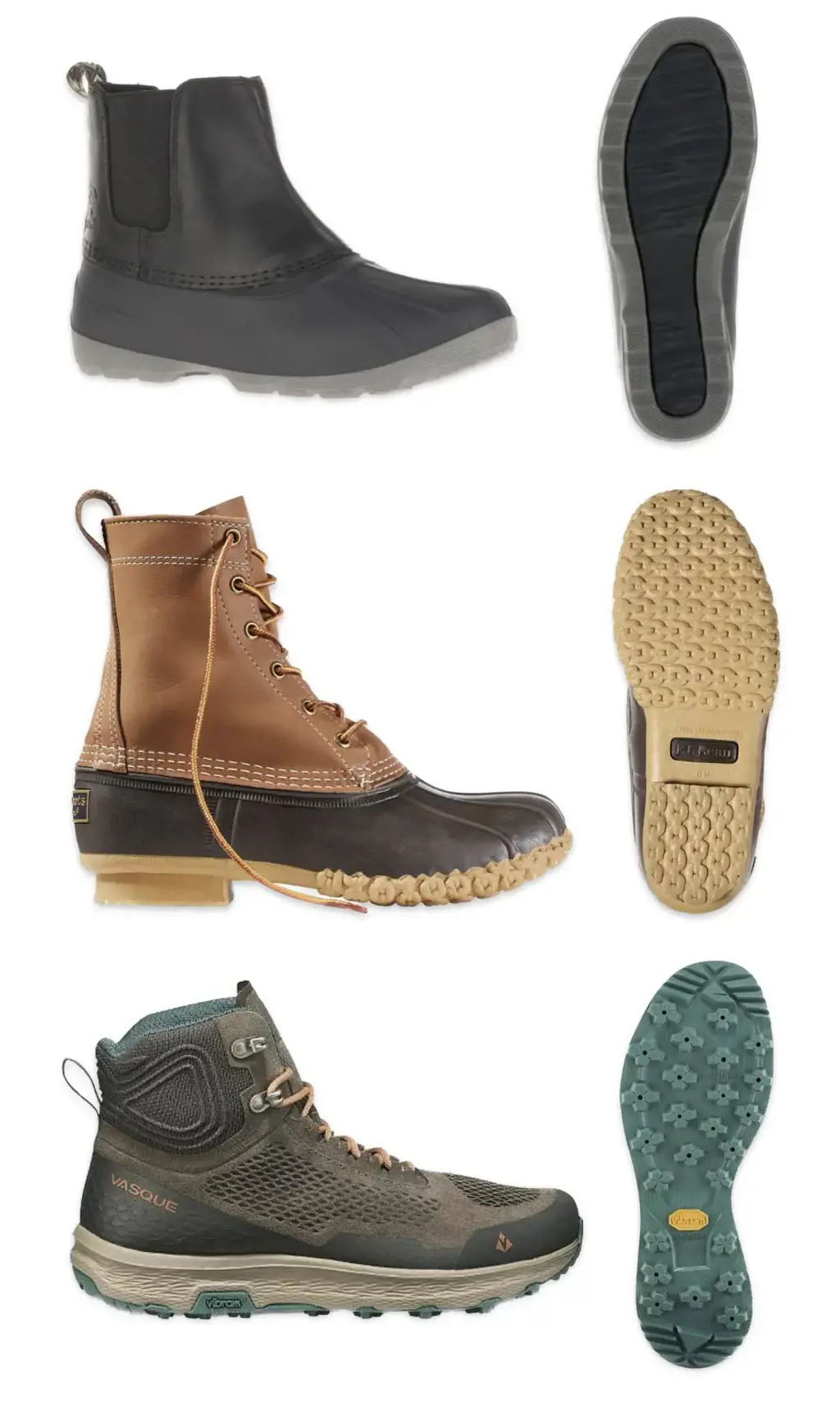
When planning a hiking trip in Iceland in September, it's important to choose the right footwear to ensure comfort, safety, and performance on the challenging terrain. Iceland's rugged landscapes, unpredictable weather, and diverse terrain require durable and specialized hiking footwear. In this article, we will explore the most suitable types of footwear for hiking in Iceland in September.
Waterproof and Breathable Boots:
Iceland's weather is notorious for its sudden changes, and September is no exception. It's crucial to invest in waterproof and breathable boots that can withstand wet and muddy conditions. GORE-TEX or similar materials offer excellent waterproofing while allowing moisture to escape, keeping your feet dry and comfortable throughout the hike.
High Ankle Support:
As you traverse Iceland's rough and uneven terrains, ankle support becomes crucial to prevent injuries. Opt for boots that provide high ankle support, reducing the risk of twisting or spraining your ankles on unstable ground. Look for boots with sturdy ankle collars and lacing systems that allow for a secure fit.
Sturdy Soles with Excellent Traction:
Iceland's diverse terrains encompass everything from rocky lava fields to slippery moss-covered slopes. It's important to choose boots with sturdy rubber soles that offer excellent traction. Vibram soles are a popular choice among hikers worldwide due to their durability and reliable grip on various surfaces.
Insulation and Warmth:
While September in Iceland is relatively mild, temperatures can still drop, especially at higher altitudes or during sudden weather changes. Look for boots with insulation to keep your feet warm in colder conditions. Thinsulate or PrimaLoft insulation are excellent choices as they provide warmth without adding excessive weight to your boots.
Proper Fit and Break-In Period:
Before embarking on your Iceland hiking adventure, make sure your boots fit properly. Ill-fitting footwear can cause discomfort and blisters, potentially ruining your experience. It's recommended to try on several brands and models and walk around in them to ensure they feel comfortable and snug. Additionally, don't forget to break in your boots before your trip by wearing them on shorter hikes or walks to avoid discomfort and foot pain during your main adventure.
Example Scenario:
Imagine you're hiking in Iceland in September, and suddenly, rain showers begin. With your waterproof and breathable boots, you confidently continue your hike, knowing that your feet will stay dry. As you navigate through a rocky section, the high ankle support provided by your boots comes into play, preventing any potential ankle injuries. Later, you encounter a moss-covered slope, but the sturdy rubber soles with excellent traction on your boots keep you stable and sure-footed. The Thinsulate insulation in your boots contributes to keeping your feet warm and cozy, despite the dropping temperatures. Throughout your hike, you appreciate the comfort and functionality of your properly fitted, broken-in hiking boots, making your Iceland adventure all the more enjoyable and memorable.
In conclusion, when hiking in Iceland in September, it's important to choose suitable footwear that combines waterproofing, breathability, ankle support, excellent traction, and insulation. Investing in a high-quality pair of hiking boots and ensuring they fit properly and have been properly broken in will enhance your comfort and safety on the challenging Icelandic trails.
Essential Items to Pack for a Memorable Romantic Weekend Getaway
You may want to see also

Are there any specific supplies or equipment that are necessary for hiking in the Icelandic terrain during September?

Hiking in the Icelandic terrain during September can be a thrilling experience, but it also requires careful planning and preparation. The weather conditions can change rapidly, and the terrain can be challenging, so having the right supplies and equipment is essential for a safe and enjoyable hiking trip.
- Proper hiking boots: The rugged Icelandic terrain requires sturdy footwear with good ankle support. Look for waterproof boots that provide traction on slippery and uneven surfaces. It's important to break in the boots before the trip to avoid blisters and discomfort.
- Layered clothing: September in Iceland can be unpredictable, with temperatures ranging from mild to cold. Layered clothing allows you to adjust to changing weather conditions. Start with a moisture-wicking base layer, add a warm mid-layer, and top it off with a waterproof and windproof outer layer. Don't forget hats, gloves, and warm socks to protect extremities from the cold.
- Backpack: A comfortable and durable backpack is essential for carrying your supplies and equipment. Look for a backpack with a capacity of at least 30 liters to accommodate extra clothing layers, food, water, a first aid kit, a map, a compass, and any other essentials.
- Food and water: It's crucial to stay hydrated and fuel your body during the hike. Carry an adequate supply of water, as water sources might be scarce in remote areas. Pack lightweight and nutritious snacks such as energy bars, nuts, and dried fruits to keep your energy levels up.
- Navigation tools: Iceland's remote and vast landscapes require proper navigation tools to stay on track. Carry a map and a compass, and make sure you know how to use them. A GPS device or a smartphone with a reliable offline mapping app can also be helpful.
- First aid kit: Accidents and injuries can happen during hiking trips, so it's essential to have a well-stocked first aid kit. Include basic items such as bandages, antiseptic wipes, adhesive tape, pain relievers, blister treatment, and any necessary prescription medications.
- Safety equipment: In case of emergencies, it's important to have safety equipment on hand. Carry a whistle to signal for help, a headlamp or flashlight with extra batteries, a multi-tool for various purposes, and a waterproof firestarter kit.
- Communication devices: While hiking, it's important to have a way to communicate with others in case of emergencies. Carry a fully charged mobile phone and consider bringing a portable charger. Keep in mind that cell phone reception might be limited in remote areas.
- Personal hygiene and camping gear: If your hiking trip involves camping, pack personal hygiene items such as toilet paper, hand sanitizer, and a lightweight towel. Additionally, carry a lightweight tent, a sleeping bag suitable for the expected temperatures, and a sleeping pad for added comfort.
- Leave no trace principles: It's important to respect and preserve the fragile Icelandic terrain. Follow the principles of "Leave No Trace" by packing out all your trash, avoiding trampling sensitive vegetation, and sticking to designated trails to minimize your impact on the environment.
In summary, hiking in the Icelandic terrain during September requires specific supplies and equipment to ensure a safe and enjoyable experience. Proper hiking boots, layered clothing, a backpack, food, water, navigation tools, a first aid kit, safety equipment, communication devices, personal hygiene items, camping gear, and adhering to "Leave No Trace" principles are all essential for a successful hiking trip. Be prepared for changing weather conditions and challenging terrain, and always prioritize safety and environmental responsibility.
Essential Items to Pack for an Alaska Cruise in May
You may want to see also

What type of backpack should I use and what essentials should I carry in it for hiking in Iceland in September?
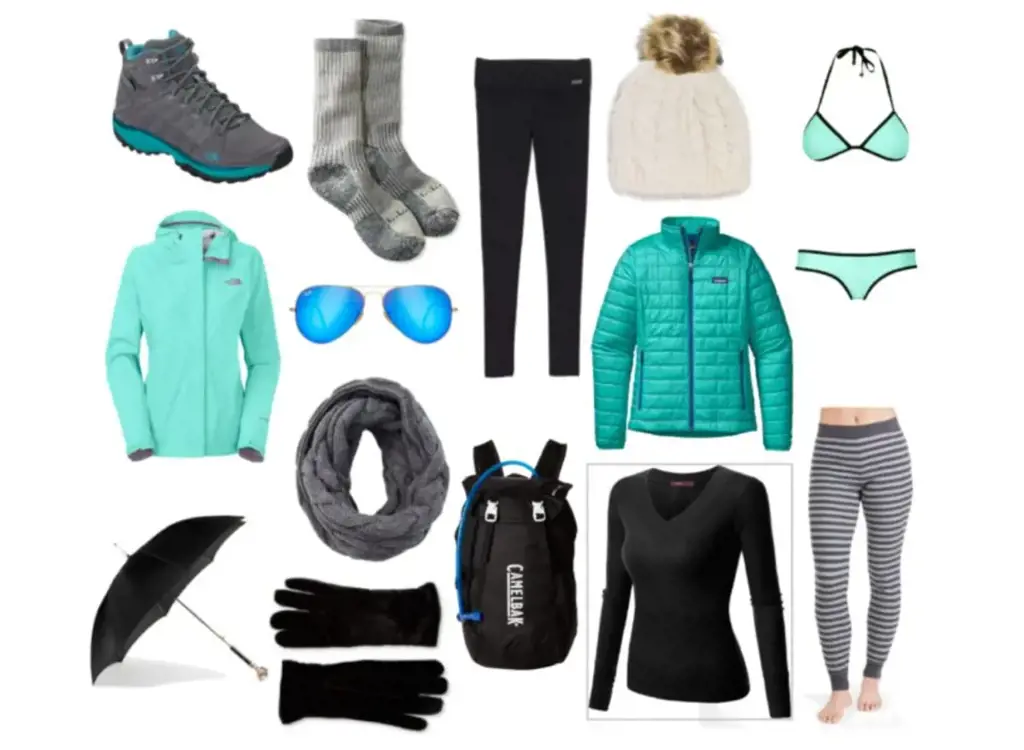
As you prepare for a hiking trip in Iceland in September, it's important to choose the right backpack and pack the essential items to ensure a safe and comfortable hike. The weather in Iceland can be unpredictable, so having the right gear is essential. Here's a guide to help you choose the right backpack and decide what essentials to carry:
Choosing the Right Backpack:
- Size: Opt for a backpack with a capacity of around 30-40 liters. This size will allow you to carry all your essentials without being too bulky or heavy.
- Comfort: Look for a backpack with padded shoulder straps and a waist belt. These features distribute the weight evenly across your body, reducing strain on your shoulders and back.
- Durability: Choose a backpack made from water-resistant material to protect your belongings from rain and snow. Reinforced stitching and strong zippers are also important for a backpack that can withstand the rugged terrain.
- Fit: Make sure to try on the backpack before buying it. Adjust the straps to ensure a proper fit, with the backpack sitting comfortably on your hips and the weight centered on your back.
Essential Items to Carry:
- Clothing: Pack warm and waterproof clothing layers, including a waterproof jacket and pants, thermal base layers, fleece or insulated jacket, and hiking socks. Iceland's weather can change rapidly, and being prepared for cold, wet conditions is essential.
- Footwear: Invest in sturdy and waterproof hiking boots to provide support and protection on varied terrain. Good-quality socks are also important to ensure comfort and prevent blisters.
- Navigation Tools: Carry a map of your hiking route, a compass, and a GPS device or smartphone with a reliable offline maps app. These tools will help you navigate the trails and avoid getting lost.
- Food and Water: Pack high-energy snacks, such as nuts, granola bars, and dried fruits, to keep your energy levels up during the hike. Carry at least two liters of water per person to stay hydrated throughout the trip.
- Safety Gear: Include a first aid kit with essential supplies, such as bandages, antiseptic ointment, and pain relievers. Carry a whistle and a signal mirror for emergencies, and a headlamp or flashlight for visibility in low-light conditions.
- Other Essentials: Pack a lightweight and compact tent if you plan to camp along the trail. Don't forget to bring a sleeping bag suitable for the expected temperatures. Carry a portable stove and lightweight cookware if you plan to cook your meals. Additionally, carry a multi-tool, sunscreen, insect repellent, and a waterproof cover for your backpack.
Remember to be mindful of the Leave No Trace principles and respect the environment while hiking in Iceland. Pack out all your trash and dispose of waste properly. Stay on designated trails to protect the delicate ecosystems and avoid causing any damage.
By choosing the right backpack and packing the essential items, you'll be well-prepared for your hiking adventure in Iceland in September. Enjoy the stunning landscapes and have a safe journey!
Essentials for Packing for Cross Country Skiing Adventures
You may want to see also

Are there any additional items or considerations unique to hiking in Iceland in September that I should be aware of when packing?
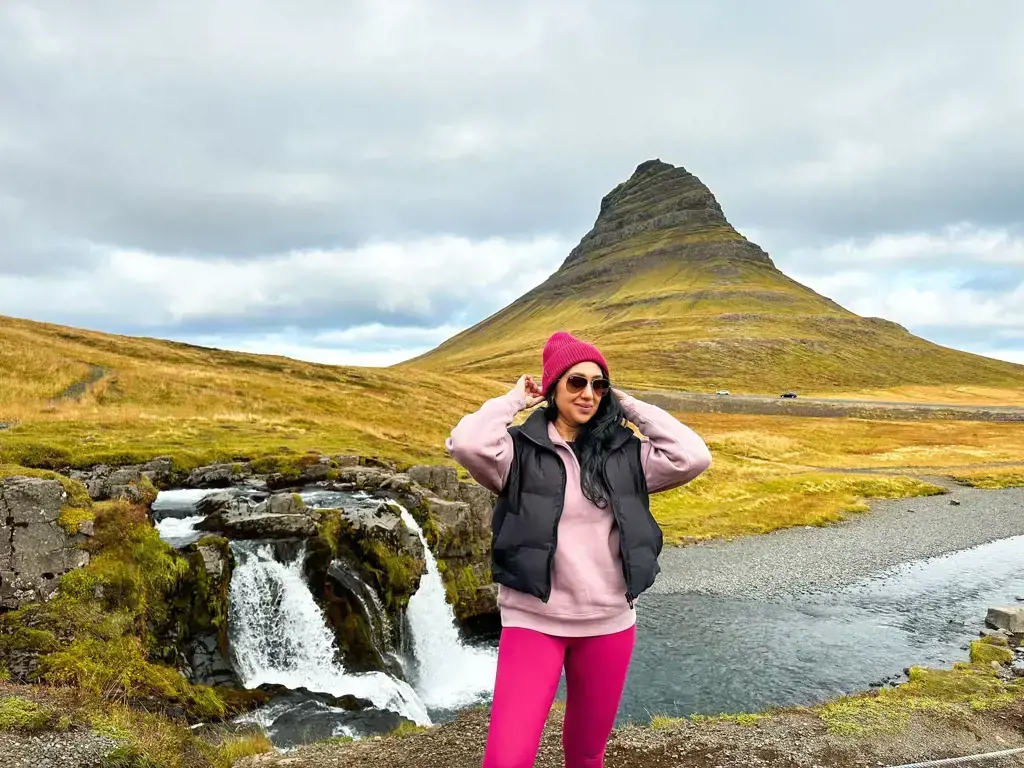
When hiking in Iceland in September, there are a few additional items and considerations that you should be aware of when packing. September is considered shoulder season in Iceland, meaning that the weather can be unpredictable and temperatures can vary significantly. Here are some tips to help you prepare for your hiking adventure:
- Layered clothing: In September, the weather in Iceland can range from chilly to mild, so it's important to pack clothing that can be layered. This way, you can easily add or remove layers depending on the temperature. Start with a base layer of moisture-wicking material, add a mid-layer for insulation, and finish with a waterproof and windproof outer layer.
- Warm hat and gloves: Even though it's not winter, it can still get cold in Iceland in September, especially at higher elevations. Be sure to pack a warm hat and gloves to keep your extremities warm.
- Sturdy hiking boots: The terrain in Iceland can be rugged and uneven, so invest in a good pair of sturdy hiking boots. Make sure they are waterproof and have good ankle support for added stability.
- Rain gear: Iceland is known for its unpredictable weather, and rain showers can occur at any time. Be sure to pack a waterproof jacket and pants to keep yourself dry during unexpected downpours.
- Extra socks: When hiking, it's always a good idea to pack extra socks. They can get wet or damp from the rain or sweat, and having a fresh pair to change into will help keep your feet dry and prevent blisters.
- Hiking poles: Depending on the difficulty of the trails you plan to hike, consider bringing hiking poles for added balance and stability. They can help reduce strain on your knees and make navigating uneven terrain easier.
- Map and compass: While most hiking trails in Iceland are well-marked, it's always a good idea to carry a map and compass as a backup. The weather can sometimes obscure trail markers, and having these tools will help you navigate your way.
- Portable charger: If you plan on using your phone for navigation or taking photos, it's a good idea to bring a portable charger. The cold weather can drain your phone's battery faster than usual, so having a backup power source will ensure you stay connected.
- First aid kit: Accidents can happen while hiking, so it's important to have a basic first aid kit with you. Make sure it includes items like band-aids, antiseptic wipes, blister plasters, and any personal medications you may need.
- Leave no trace: When hiking in Iceland, it's crucial to practice leave no trace principles. This means packing out all your trash, staying on designated trails, and respecting the fragile natural environment.
By considering these additional items and preparing accordingly, you'll be well-equipped for hiking in Iceland in September. Remember to check the weather forecast before your trip and be prepared for changing conditions. Safety should always be a priority, so make sure someone knows your hiking plans and be cautious of any potential hazards. Happy hiking!
What to Pack for a Disney Vacation in January
You may want to see also
Frequently asked questions
It is important to dress in layers when hiking in Iceland in September. This means packing base layers, such as thermal tops and bottoms, to keep warm. Mid-layers, such as fleece jackets or sweaters, are also essential for trapping heat. Additionally, it is recommended to pack a waterproof and windproof outer layer, such as a rain jacket, to protect against Iceland's unpredictable weather. Don't forget to pack warm socks and waterproof hiking boots to keep your feet dry and comfortable.
When hiking in Iceland in September, it is essential to bring the right equipment. A sturdy backpack is necessary to carry water, snacks, and extra clothing. It is also important to pack a first aid kit, including items such as bandages, blister pads, and pain relievers. Additionally, a good quality compass or GPS device is crucial for navigation, as the weather in Iceland can be unpredictable. Lastly, don't forget to bring a headlamp or flashlight in case you find yourself hiking in low light conditions.
It is important to pack plenty of water and snacks for your hiking adventure in Iceland in September. Carry a reusable water bottle and make sure you have access to clean water sources along your route. As for snacks, high-energy foods such as granola bars, dried fruits, nuts, and jerky are recommended. It is also a good idea to pack a lightweight stove and dehydrated meals in case you plan on camping overnight.
Besides clothing, equipment, and food, there are a few other essentials to pack for hiking in Iceland in September. Sunscreen and sunglasses are necessary to protect your skin and eyes from the strong UV rays, even on cloudy days. Insect repellent is also recommended, as there may be mosquitoes and other bugs depending on your specific hiking location. Finally, don't forget to bring a map and a portable charger for your electronics, as well as a reusable garbage bag to ensure you leave no trace on the trails.



